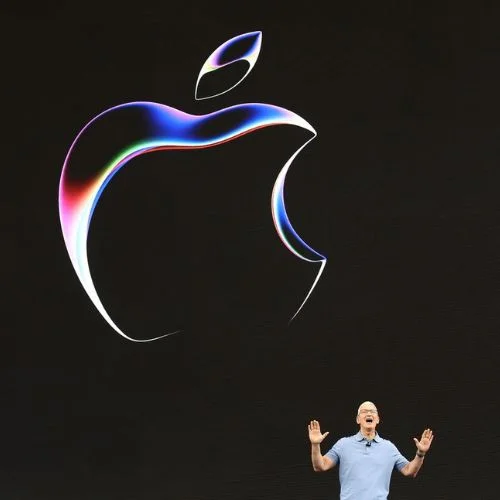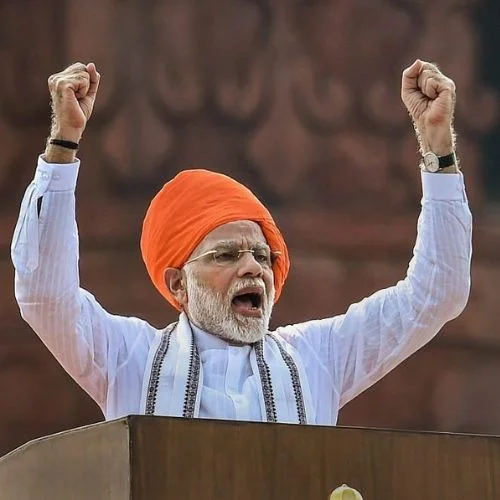According to rating agency Crisil, sales of passenger vehicles in India, the world’s fourth-largest auto industry, are predicted to increase by 9% to 10% in the upcoming fiscal year, or roughly 20% over pre-pandemic peak levels. This is due to high demand and easing chip shortages.
Even though exports are still sluggish, domestic growth will be supported by higher incomes and a strong order book driven by pent-up demand, particularly for sport utility vehicles (SUVs), according to research by Crisil Ratings. This will enable vehicle sales to reach a record of 5 million units in the upcoming fiscal year.
SUV sales in the domestic market as a whole are predicted to nearly double to around 55% in fiscal 2024 from about 28% in fiscal 2018.
Anuj Sethi, senior director at the organization, noted that OEMs are placing a sharper emphasis on SUVs, notably compact SUVs, driven by consumer choice. “This is driving growth, even while sales of sedans and entry-level passenger cars remain slow,” Sethi said.
As a result of new laws that mandate that all vehicles meet emission criteria in real-world situations in addition to being evaluated in a lab environment, strong demand should help cushion the blow to auto part producers from increased costs.
Operational margins are predicted to rise to 9%–10% next fiscal year from 8.0%–8.5% this fiscal year, which should assist OEMs in expanding their capacity, notably for electric car production.
Prior to the first half of the current fiscal year, the prices of important raw materials, including steel, aluminium, and rubber, tended to rise. However, they have since calmed. “This, along with multiple price increases by OEMs and significant volume growth, will push up operating margin by 100 to 200 basis points to roughly 9 to 10 percent next fiscal year,” it said. This is true even though increased prices for components are needed to comply with regulations.
According to Crisil, with the gradual expansion of the infrastructure for charging electric vehicles, there is a minimal likelihood that there would be significant disruptions in the market, although this could change over time. 1% of all sales are currently made up of electric vehicles.















